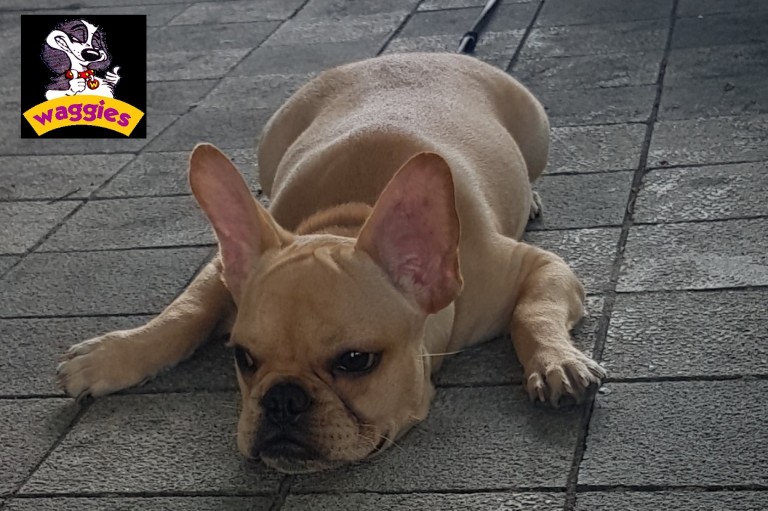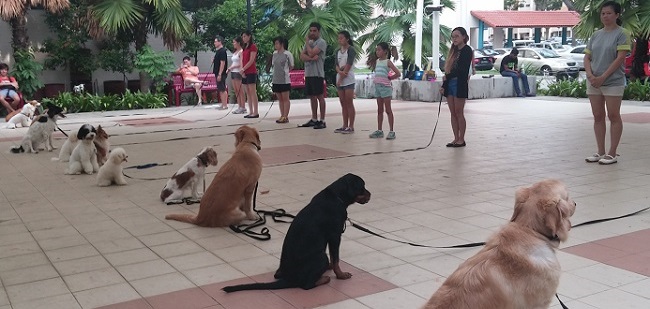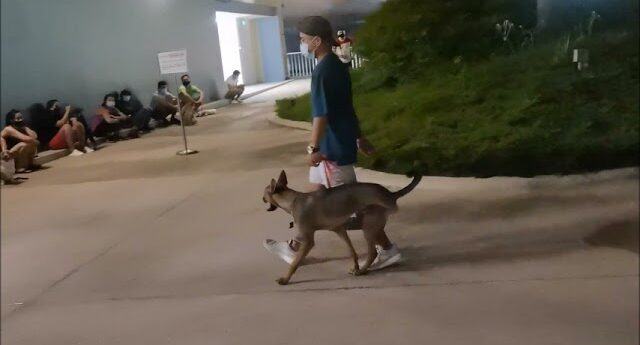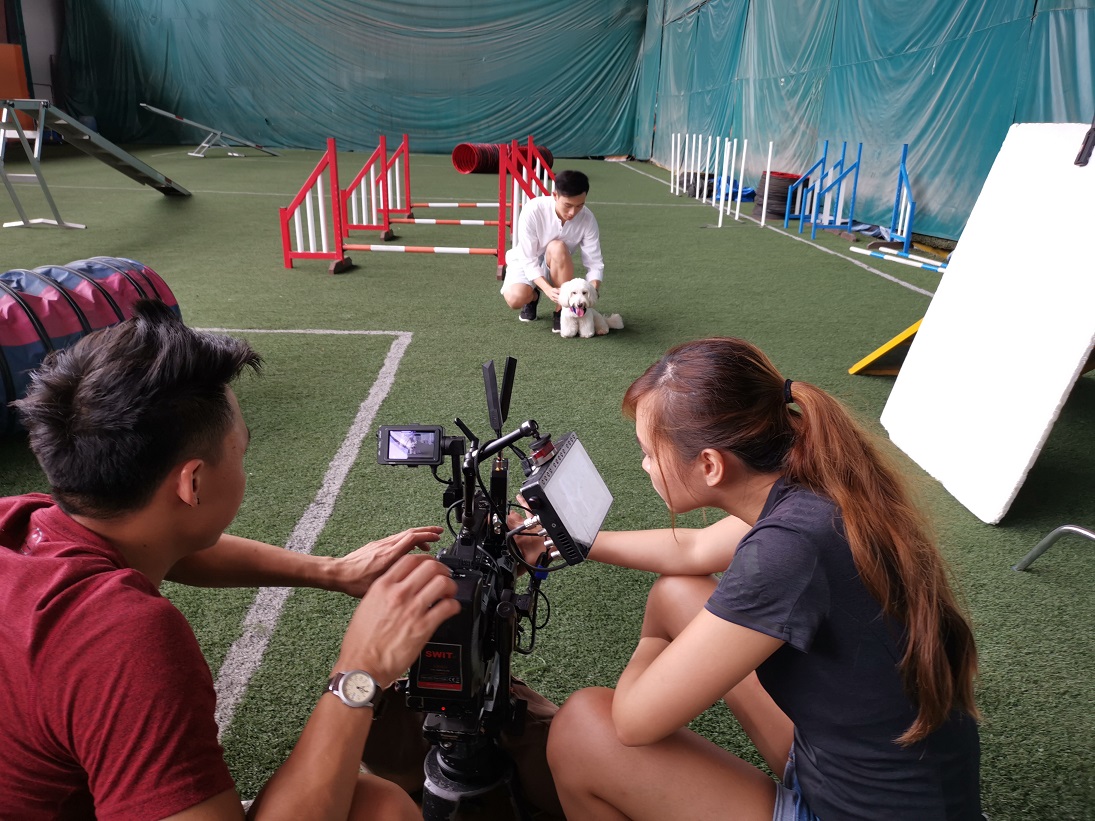Separation Anxiety In Dogs

Introduction:
Dogs are emotional beings. In addition to loyalty, they possess the quality of attachment towards their pet parents. When in distress, these animals can exhibit problems such as frequent urination and defecation, barking and howling, as well as chewing or digging. People often confuse these mannerisms with imperfect house manners. However, they are symptoms of separation anxiety shown by a dog when they sense a period of separation from their pet parents. Some dogs even attempt to escape resulting in self-injury.
Types of anxiety behavior:
Some dogs become agitated as their parents leave. Some become distressed as well as depressed. Usually, they try to prevent them from leaving. Once they leave, the dogs start displaying separation anxiety symptoms. However, as soon as the parents return, the dogs behave as if they are seeing them after a long time. These actions do not form part of any dog training as such.
Types of anxiety symptoms:
The following are the usual anxiety symptoms a dog displays on separation from his pet parents.
• Urinating and Defecating: Out of anxiety, the dog may display certain unnatural behavior by urinating and defecating at odd times.
• Barking or howling: This is not the usual barking, but a continuous, persistent growl.
• Chewing or digging: On becoming anxious, dogs start chewing on anything they could lay their teeth on, such as window frames, or other household objects.
• Escaping: Some dogs try to escape from their places on separation from their masters. In the process, they put themselves to the risk of injury.
• Patterned pacing around – Some of these animals pace around in a fixed pattern on separation.
• Coprophagia: If left alone, some dogs tense and defecate. They even go on to eat past of their excreta. They do not exhibit such odd behavior in front of their parents.
Reasons for separation anxiety:
Though you may not be able to accurately point out the reasons for display of separation anxiety, we shall consider some situations.
• Change of guardian: A change of guardian or family can trigger a bout of separation anxiety.
• Change in schedule: A change in the working schedule of the guardian can cause a dog to become anxious. It may happen that he might work from home and be with his dog all day. Suddenly he might change his job and be out for most of the day. This can bring about separation anxiety in a dog.
• Change in Residence: A dog takes some time to adjust to a new house. This may cause separation anxiety issues.
• Change in house membership: One member of the house may either move out or expire. This can trigger bouts of separation anxieties in a dog.
Rule out certain problems:
• Medical problems: A dog may display incontinence as a medical ailment. This could be due to a urinary tract infection or a kidney disease. You should consult a veterinarian and sort out the issue.
• Behavioral problems: Some dogs tend to urinate when excited or even punished. They display submissive behavior by not wagging their tail and flattening their ears.
• Improper dog training – An improperly trained dog can urinate anywhere and at any time. (Read “Why dog training is a necessity”).
• Destroying toys: Some dogs do have the habit of chewing toys at all times. It does not matter whether the guardian is at home or away.
• Boredom: Usually dogs like constant attention. If left alone, a sense of boredom can creep in making them look anxious.
• Excessive barking: Some dogs bark incessantly even when their guardians are at home. You should not confuse such behavior with separation anxiety.
How to solve the problem:
The remedial measures depend on the level of separation anxiety.
Mild separation anxiety – Counterconditioning is the best remedy for mild separation anxiety. This treatment process changes an animal’s behavior from anxious to a pleasant and relaxed one. You can do this at home by giving your dog a puzzle toy stuffed with food. This can take at least twenty minutes to finish off. By this time, the dog may not miss your absence.
Moderate to severe separation anxiety: This requires a complex desensitization as well as a counterconditioning program. You should accustom the dog to be alone for a short period initially with a gradual increase of time. You have to be a bit careful while trying out this technique. This can make a dog more frightful. You require expert assistance in trying out this procedure.
Pre-departure cues:
Dogs are intelligent animals and can sense when you are going to leave. They start panicking the moment you put on your trousers and catch hold of the car keys. You can make the dog get over the panic by doing these acts several times during the day and not actually leave the house. The dog then understands that these signs do not always mean that you go out.
Graduated Departures – You have to trick your dog into believing that you remain out of his sight for short periods in a day. You can do so by hiding behind the bathroom doors. These are parts of proper dog training.
What to do to make the dog get over the separation anxiety
• You can take the dog out for regular walks when you are at home
• You can give him many aerobic exercises to perform.
• You can allow him to play with fellow dogs.
• You can provide him puzzle toys with food.
• Make him hunt for his food.
• You can increase your dog’s mental activity by teaching him special skills.
What not to do:
This is an important aspect. You should know what you should not do during such times. You should not scold or punish your dog as this can aggravate the problem instead of resolving it.
Some tips to cure separation anxiety:
• Take the dog out for frequent walks.
• Do not get too emotional with him when you return home.
• Say goodbye to your dog much in advance before you leave.
• Maintain your calm and be assertive.
• Increase the separation period gradually.
Conclusion:
Dogs are lovable animals. You should not leave them alone. However, if the problem persisted, then you should contact a experience dog trainer in place to minimize separation anxiety.










